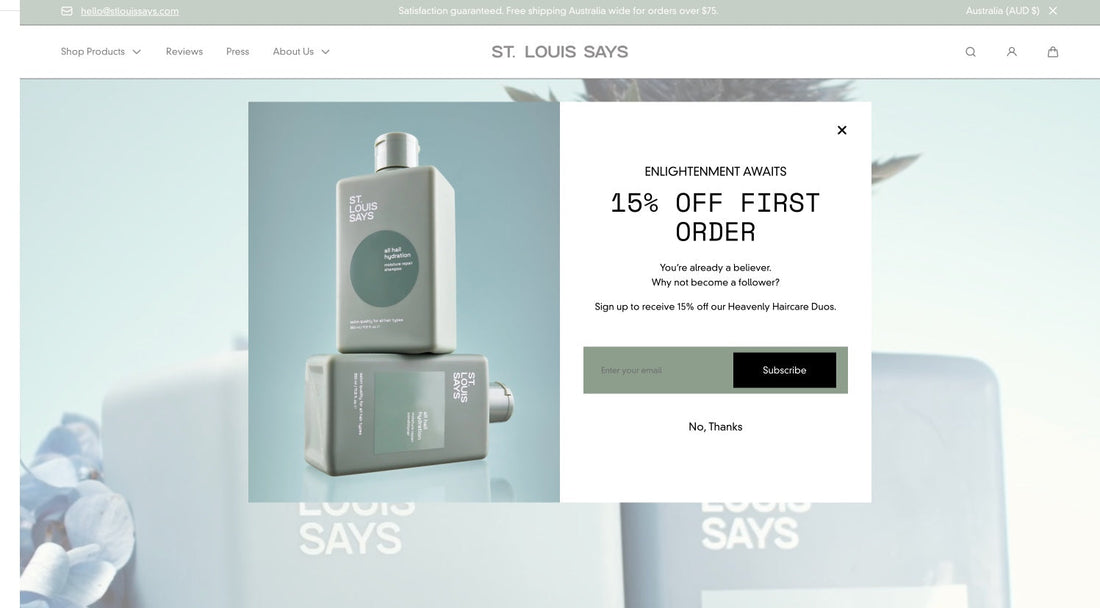
The ST. LOUIS SAYS SEO Upgrade
Share
What We Did for ST. LOUIS SAYS
🚀 Site speed improved by 50%, creating a faster, smoother user experience
🏷️ Meta tags optimized, ensuring key pages are indexed properly on search engines
📈 Organic traffic growing steadily after the upgrade
🧱 Solid technical SEO foundation built to support future growth and visibility
When it comes to eCommerce, every second counts. A slow-loading website or poor SEO setup can silently hurt your business—causing lost traffic, lower rankings, and frustrated customers. That’s the challenge ST. LOUIS SAYS faced before turning things around with a focused optimization project that delivered real results.
Here’s how we helped improve both their site speed and search visibility, setting them up for stronger performance and sustainable growth.
Why Speed and SEO Are More Than Just “Nice-to-Haves”
Let’s face it: online shoppers have short attention spans. If a website takes more than a few seconds to load, most users will click away—possibly for good. On top of that, search engines like Google factor in page speed and technical SEO when ranking websites.
ST. LOUIS SAYS, a brand with strong potential and stylish offerings, realized their site wasn’t performing as well as it should. The website was struggling with a slow load time, and on-page SEO essentials were missing. It was time to fix the foundation.
The Problems: SEO & Loading Speed Hurting ST. LOUIS SAYS’ Rankings
After a quick audit, it became clear that the website had multiple SEO and performance issues holding it back:
- No meta descriptions for many key pages.
- Missing H1 tags that help Google understand content structure.
- Images without alt text—hurting both accessibility and search.
- A lack of internal links to guide users through the site.
- No sitemap submitted to Google, making it harder to index pages.
- A Speed Index of over 6 seconds, far above best practices.
All of these combined were creating a sluggish user experience and preventing the site from showing up in relevant search results.
The Fix: Speed Optimization Meets Smart SEO
We rolled up our sleeves and got to work—starting with the technical SEO essentials. Our team:
- Wrote compelling and keyword-focused meta descriptions for each page.
- Added clear and consistent H1 and H2 headings.
- Implemented descriptive alt text for every image on the site.
- Connected internal pages through thoughtful linking.
- Created and submitted a clean sitemap to Google.
Once the on-page SEO was handled, we turned to performance. By optimizing image sizes, reducing unused code (JavaScript and CSS), and enabling faster caching and lazy-loading techniques, we were able to bring the Speed Index down to around 3 seconds—cutting load time by more than half.
The Results: Faster Load Time, Better Rankings
After the updates, ST. LOUIS SAYS saw immediate improvements in both user experience and online visibility:
- Faster site speed meant fewer bounces and more time spent browsing.
- Improved search rankings led to higher organic traffic and better visibility for their products.
- A more polished, search-friendly site provided a stronger foundation for future campaigns and content marketing efforts.
Big changes begin with small questions. Got one?
Let’s figure it out together. Let’s take a look—get a free, zero-pressure audit
